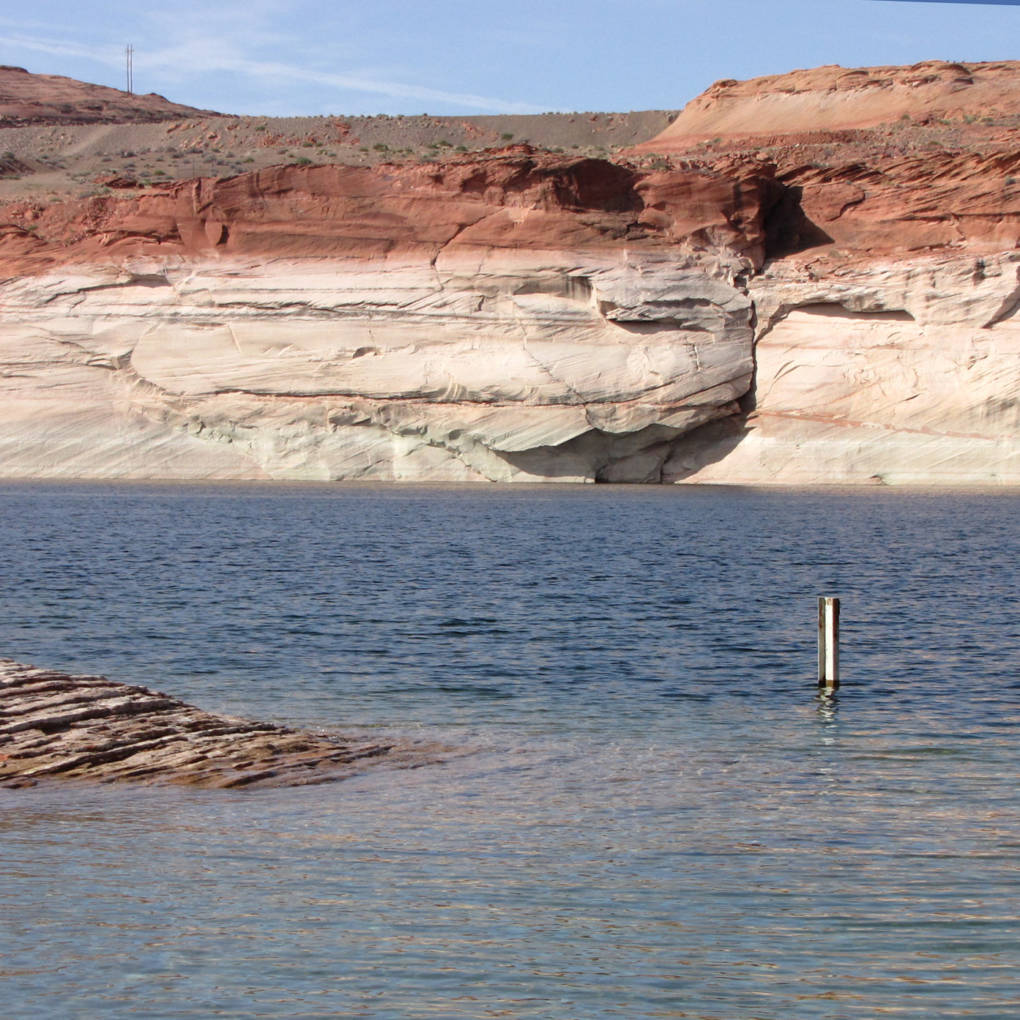A new federal study says the Colorado River may carry 9% less water by 2060.
The Colorado River is a critical source of water for more than 30 million people throughout the western United States. California alone gets more than a trillion gallons of water each year from the Colorado. But over the years, recurring droughts and the growing demands of urban populations have stressed the river system, which the Bureau of Reclamation now characterizes as “over-allocated.” In efforts to plan for the region’s future water needs, the agency, in collaboration with Western states, has undertaken a two-year study to look at what lies ahead for the river and the cities, farms, and families that rely on it.
On Monday, the agency released the first interim report of the “Colorado River Basin Water Supply & Demand Study,” which projects changes in the river’s flow under four different scenarios. A model that incorporates predicted impacts of climate change shows a nine percent reduction in the Colorado’s flow within 50 years. The study also projects more frequent and more severe droughts throughout the system.
According to the report:
“Under the Downscaled GCM Projected scenario, the mean natural flow as measured at Lees Ferry over the next 50 years is projected to decrease by approximately 9 percent, along with a projected increase in both drought frequency and duration as compared to the observed historical streamflow record. Droughts lasting 5 or more years are projected to occur 40 percent of the time over the next 50 years.”
That likely means harder times for those who rely on a river that already has little water to spare.
In a statement Monday, the Environmental Defense Fund (EDF) applauded the study’s focus on potential climate change impacts, but urged the agency to find ways to address the supply/demand imbalance while still maintaining “healthy” river flows.
“The economic well-being of rural communities and major cities in the basin are inextricably linked to the environmental health of the Colorado River itself,” said EDF’s Rocky Mountain regional director, Dan Grossman. “And just as human health depends on healthy blood flow, the Colorado River’s health depends upon healthy water flows that are being compromised by current management practices and policies, as well as a warming climate.”
The next interim report is expected in the Fall of 2011, and a final report is due in July of 2012. According to the Bureau of Reclamation’s website, the study will, “define current and future imbalances in water supply and demand in the Colorado River Basin and the adjacent areas of the Basin States that receive Colorado River water for approximately the next 50 years, and will develop and analyze adaptation and mitigation strategies to resolve those imbalances.”
One thought on “Running Drier: The Colorado 50 Years Out”
Comments are closed.


Gretchen:
Great story!
Thx!